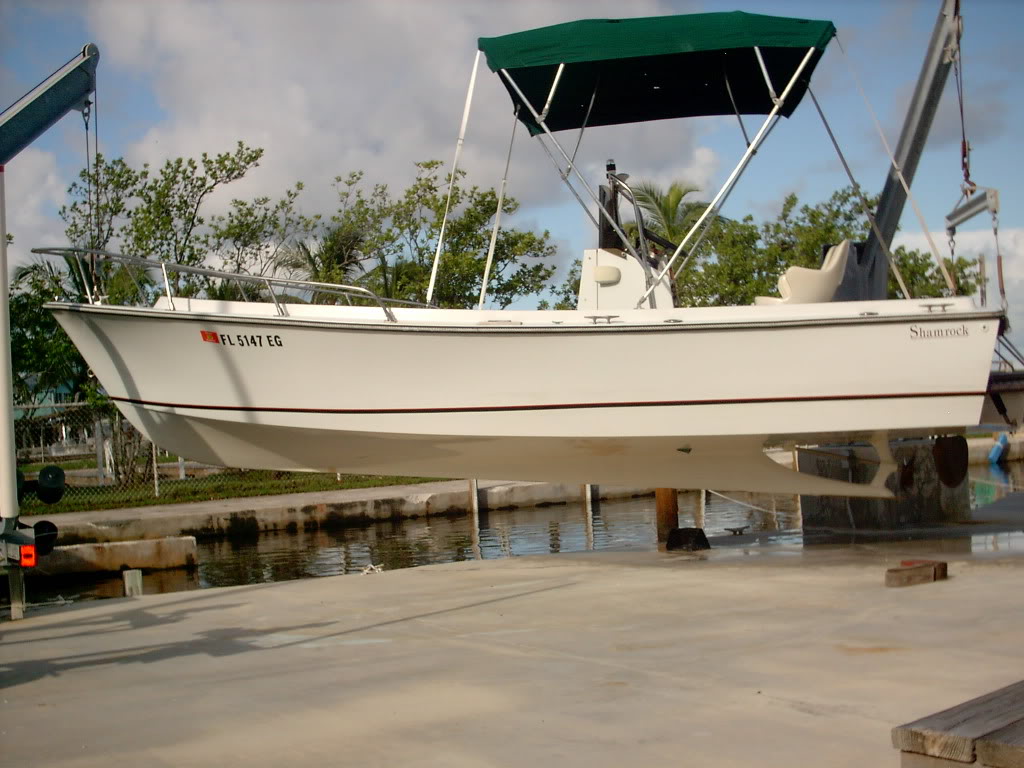Adelaide
Senior Member
So, I have had this beard stain on the bow of my Hull from the water lapping up on my boat. I tried a few things, CSR, scrubbing, scrubbing and more scrubbing. After doing about an hour of research on the net, I found a few people that use "the works" toilet bowl cleaner from your local grocery store. As soon as I squirted this stuff on, the "beard" stain melted away.
Anyone else have this experience, is it OK to clean all of the Hull with this product? or will it start to do damage to the fiberglass?
For $2.00, the stuff is amazing. It did what 20 dollar supposed boat cleaners couldn't do.
Anyone else have this experience, is it OK to clean all of the Hull with this product? or will it start to do damage to the fiberglass?
For $2.00, the stuff is amazing. It did what 20 dollar supposed boat cleaners couldn't do.





 . You may wanna grab 4-5 more bottles so you can make the boat look uniform the first application. And as PS noted, be ready to do a quick wax job shortly after using whichever product you use.
. You may wanna grab 4-5 more bottles so you can make the boat look uniform the first application. And as PS noted, be ready to do a quick wax job shortly after using whichever product you use.
